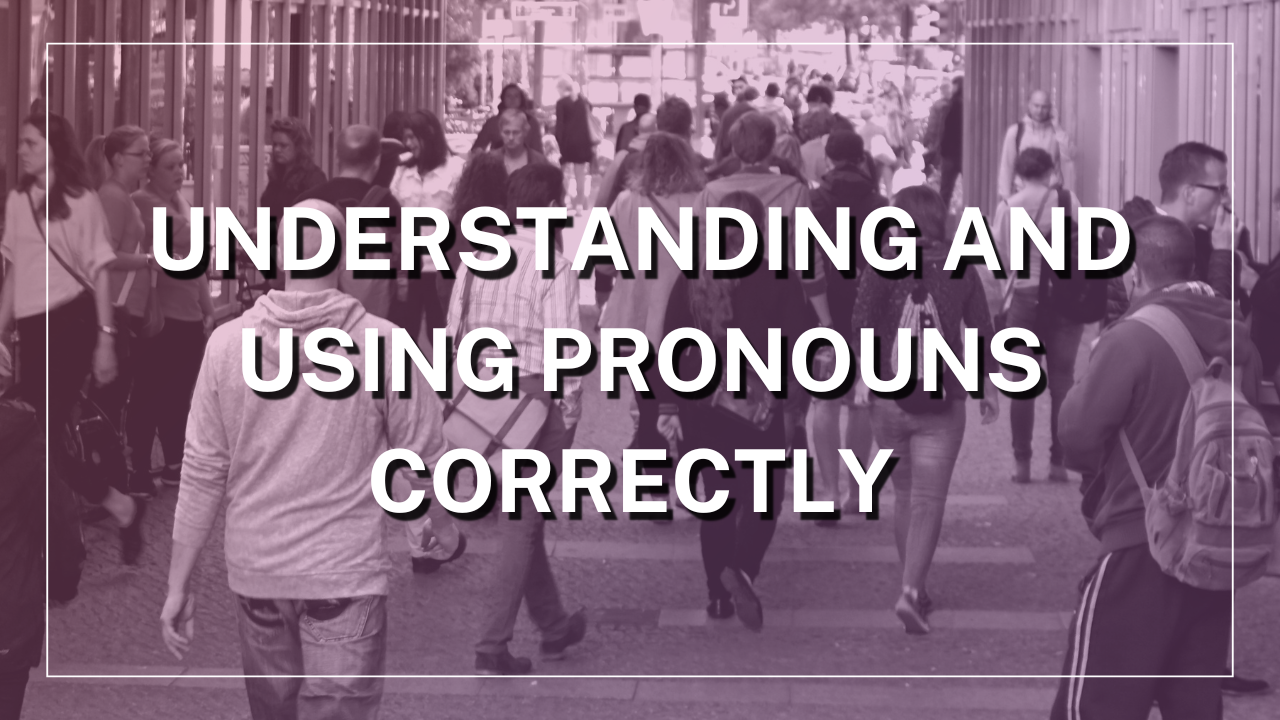Whether you’re penning your debut novel, crafting a short story, or dabbling in fanfiction, mastering pronouns is essential. So, today, we’re diving into the wonderful world of pronouns and how they can make or break your fiction writing.
1. Importance of Pronouns:
Pronouns are those handy little words like he, she, they, and it, that stand in for nouns. These are used to keep our writing from becoming repetitive and annoying. Reading a story where the author repeats “Jack” or “the cat” in every sentence is pretty infuriating, that’s where pronouns come to the rescue, but only if used correctly.
2. Types of Pronouns:
Like everything under the sun, pronouns have types too. So, in order to properly use pronouns, we need to know their types and usage. We know there are different types of pronouns like personal (referring to specific people like I, you, it, us, them), possessive (showing ownership like my, your, his, ours, theirs), reflexive (used when subject and object are same, like itself, myself, herself), relative (linking two clauses like whom, whose, which), demonstrative (pointing out specifics like that, this, those), indefinite (non-specific reference like anyone, someone, somebody).
3. Clarity:
One of the golden rules of pronoun use is to ensure your reader always knows what (or who) your pronoun is referring to. The noun that a pronoun replaces is called the antecedent, and if it’s unclear, your readers might get lost. This can be done by balancing pronouns with proper nouns to avoid confusion. So, it’s necessary to make the sentences understandable through balanced use of pronouns. Example:
- Confusing: “After Jack talked to Mike, he seemed upset.” (Who is upset?)
- Clear: “After Jack talked to Mike, Jack seemed upset.”
4. Pronouns in Dialogue:
Dialogue can get tricky, especially with multiple characters. So, to maintain the use of pronouns we can apply different frames like dialogue tags (he said, she asked), distinct voices and action tags. This way the readers would have a clear image of what’s going on in the story and keep them engaged.
5. Non-Human Characters:
When writing about non-human characters like animals, aliens, and mythical creatures, we generally use the “it” pronoun. But, to make it more interesting we can use gender-specific pronouns or create our own pronouns for fictional creatures like outer space civilians. This would give the story its unique benchmark.
6. Gender Neutral Pronouns:
Gender-neutral pronouns, such as “they/them,” are crucial for inclusive language. They respect individuals’ identities, especially those who don’t conform to traditional gender roles. Using gender-neutral pronouns promotes equality and reduces bias in communication. Writers should be mindful of these pronouns to ensure their content is welcoming and respectful to all readers, reflecting modern preferences for inclusivity.
Here are a few examples of pronouns: Incorrect: “Each student must bring their own lunch.” Correct: “Each student must bring his or her own lunch” or “All students must bring their own lunches.” Incorrect: “They said it would rain.” (Who said this?) Correct: “The weather report said it would rain.”
Pronouns are small but mighty tools in your writing weaponry. They keep your prose smooth and readable, but only when used correctly. By understanding the different types of pronouns and maintaining clarity, you can elevate your storytelling to new heights. So, the next time you sit down to write, keep these tips in mind.

